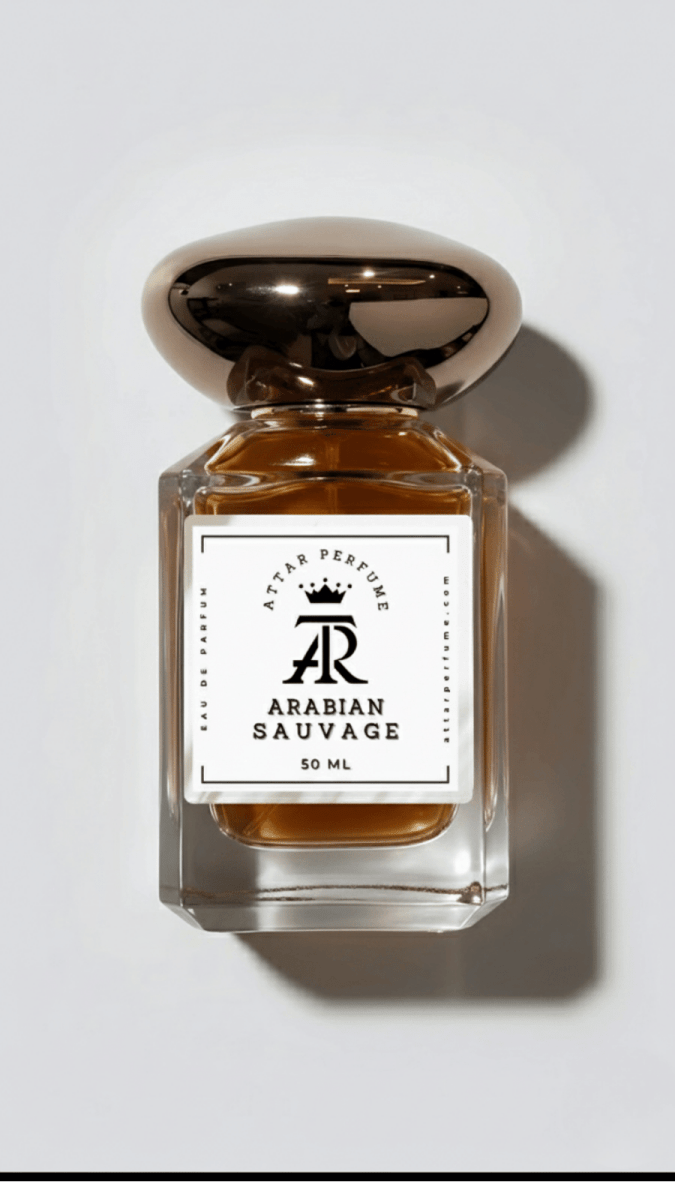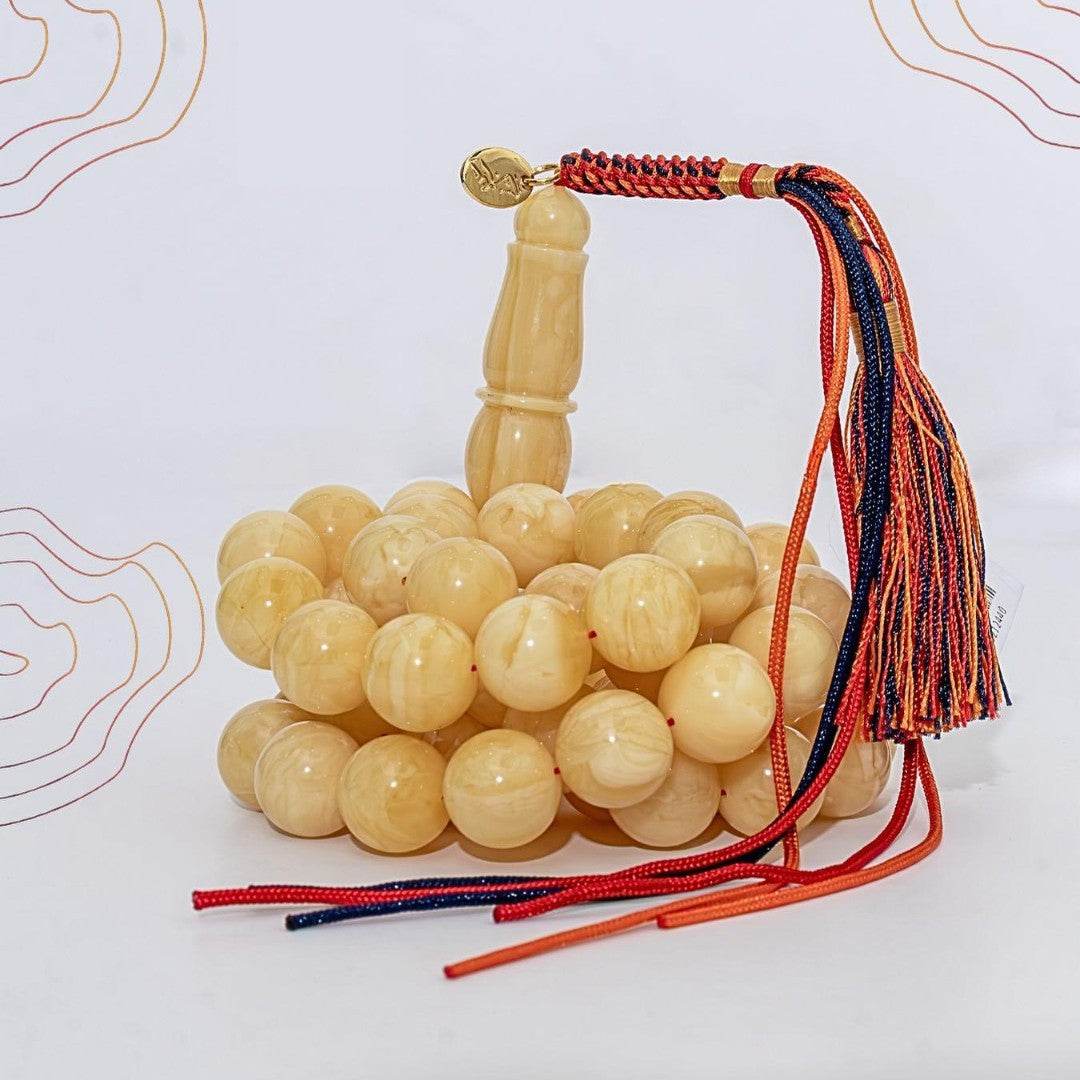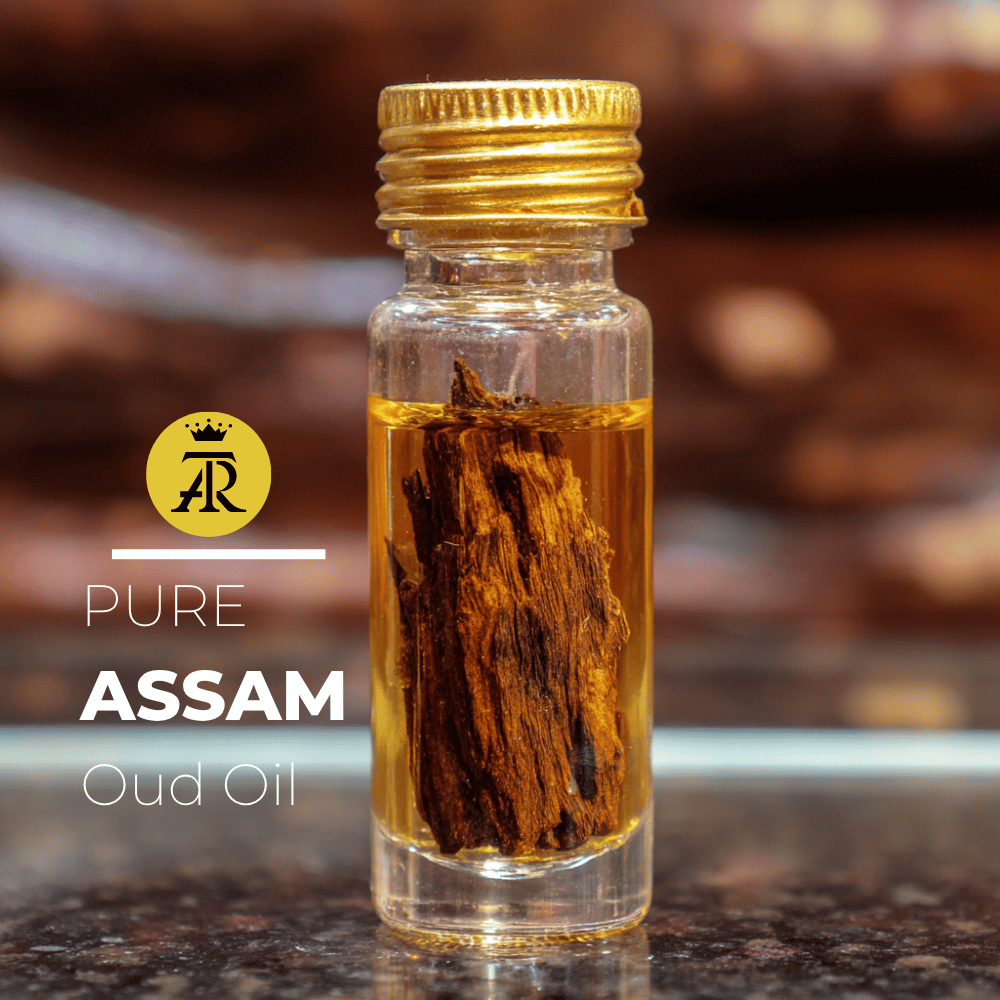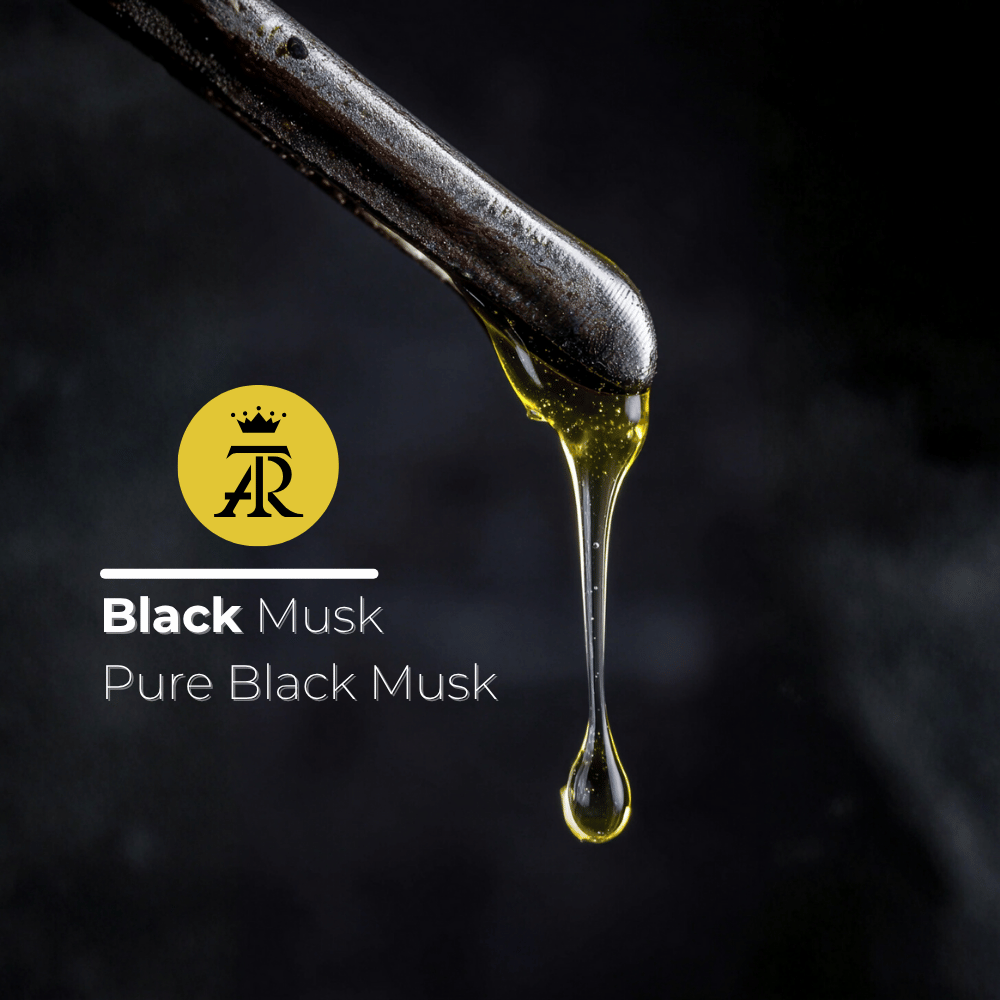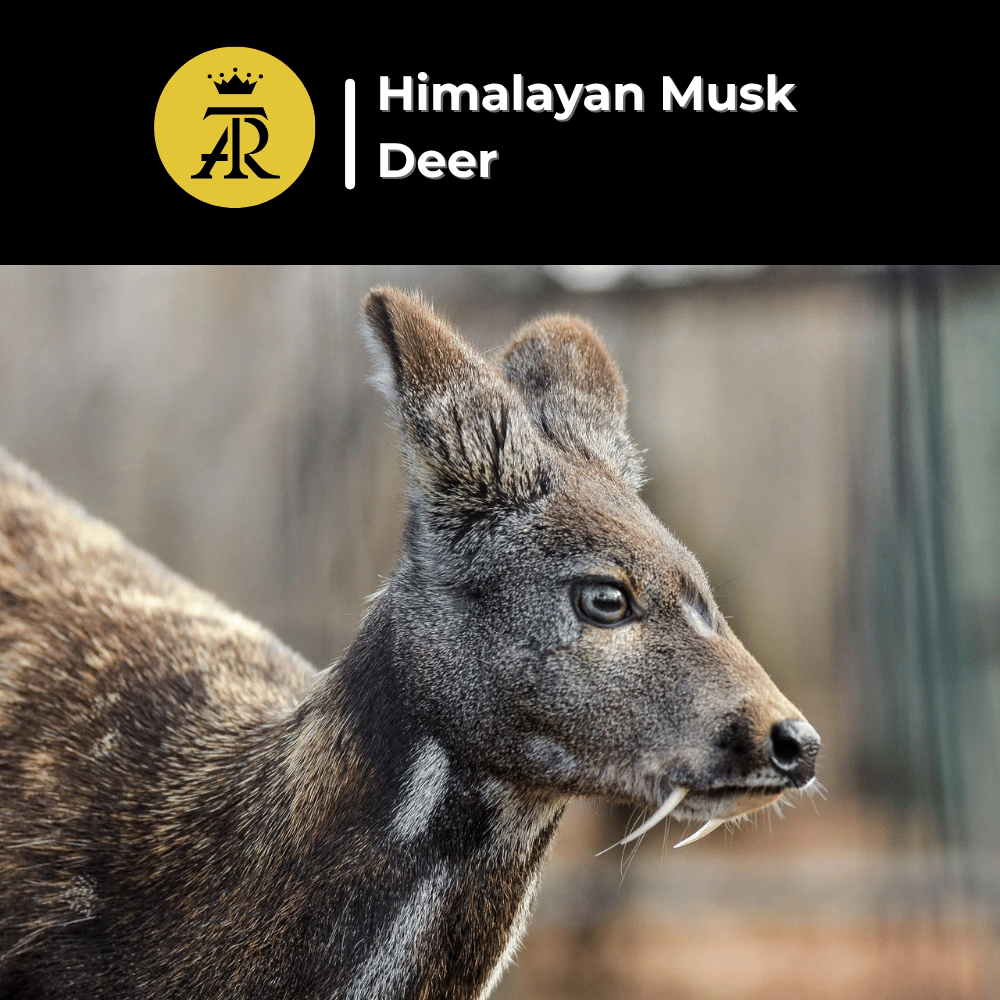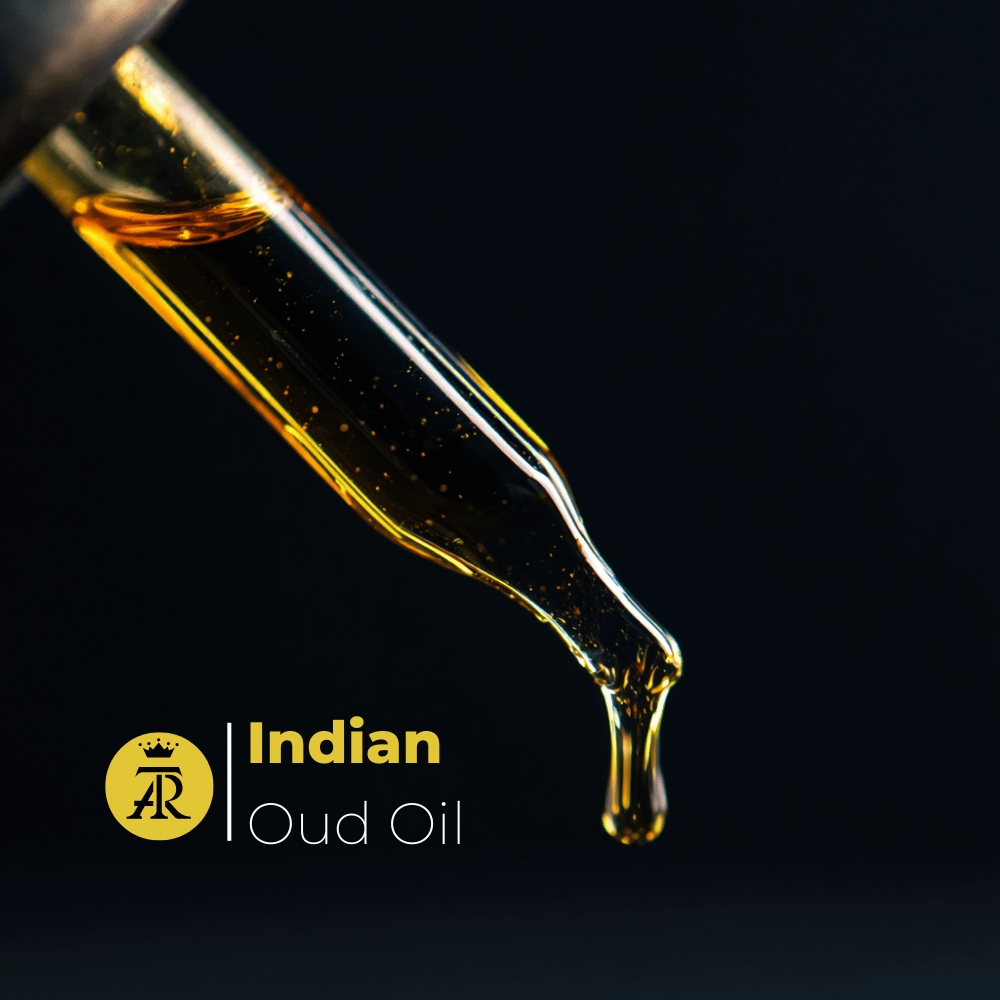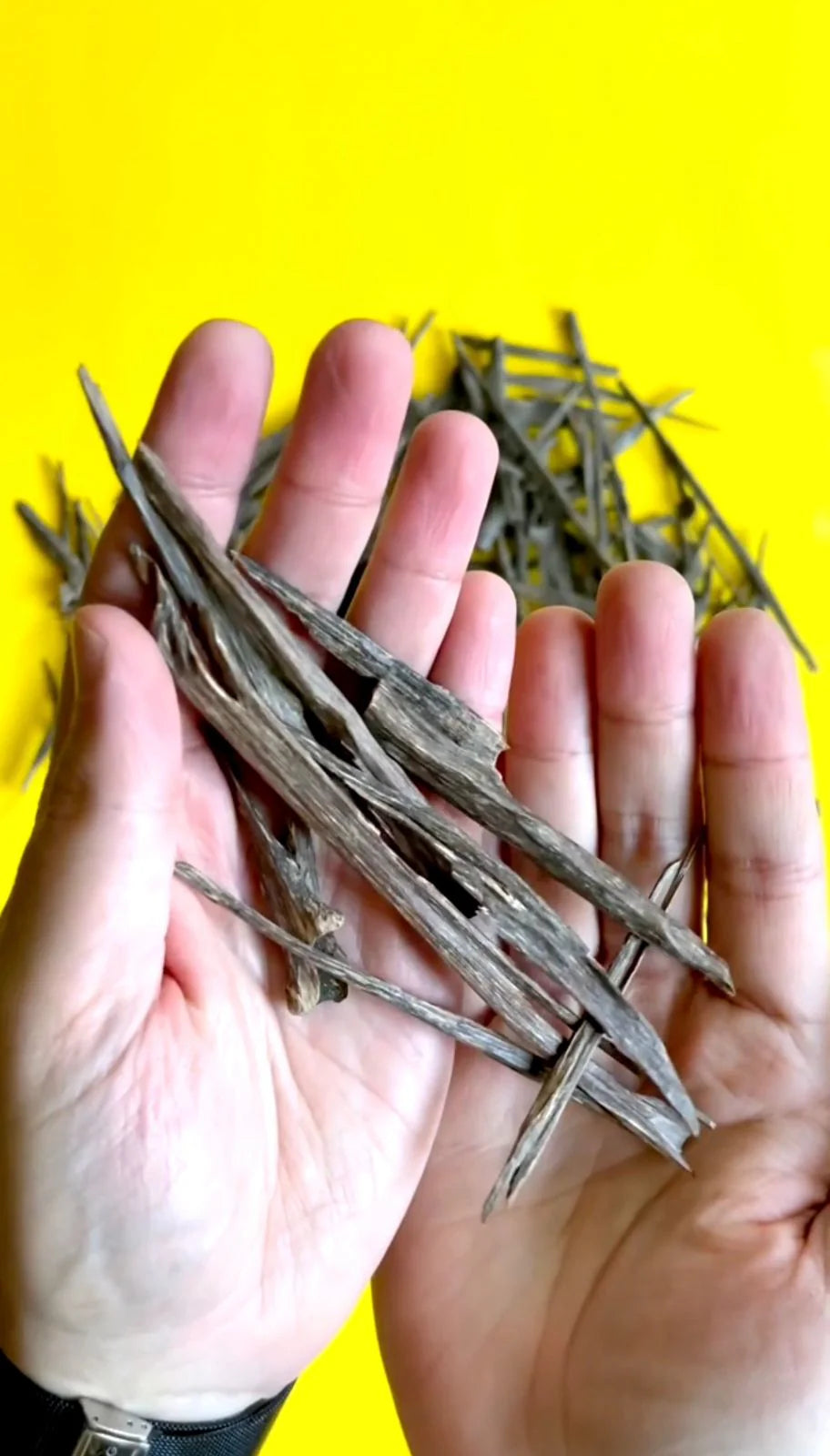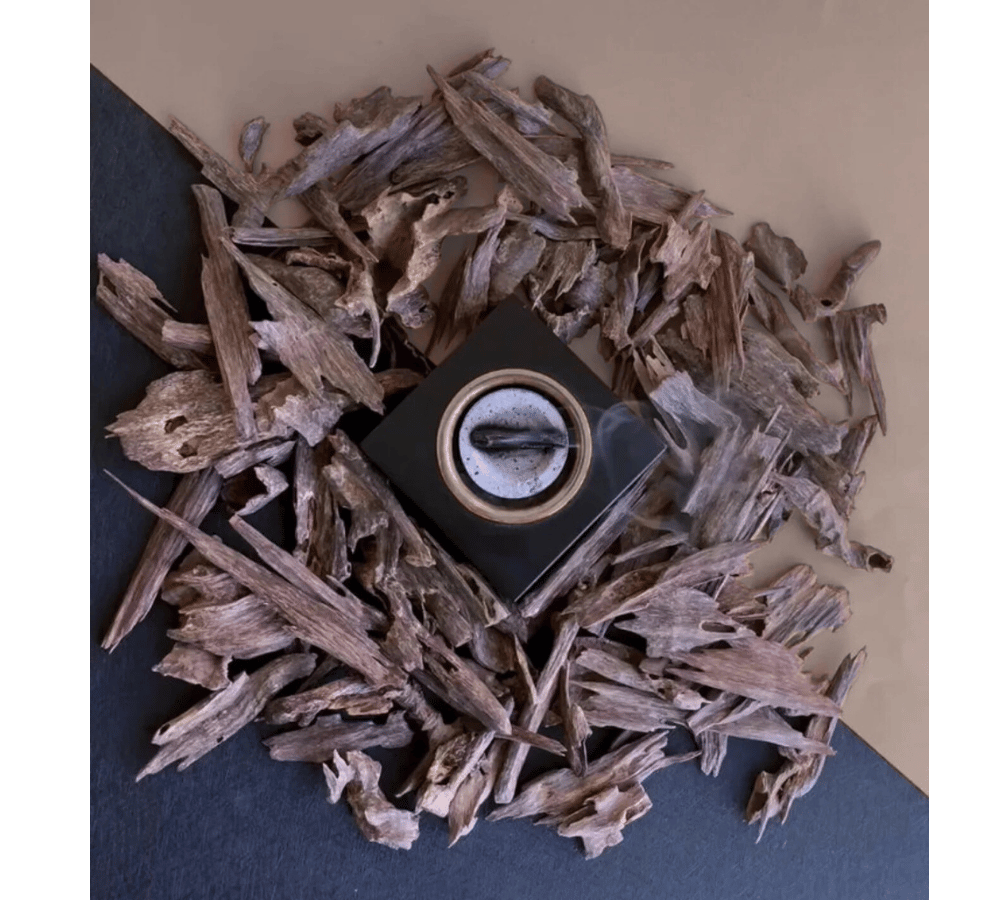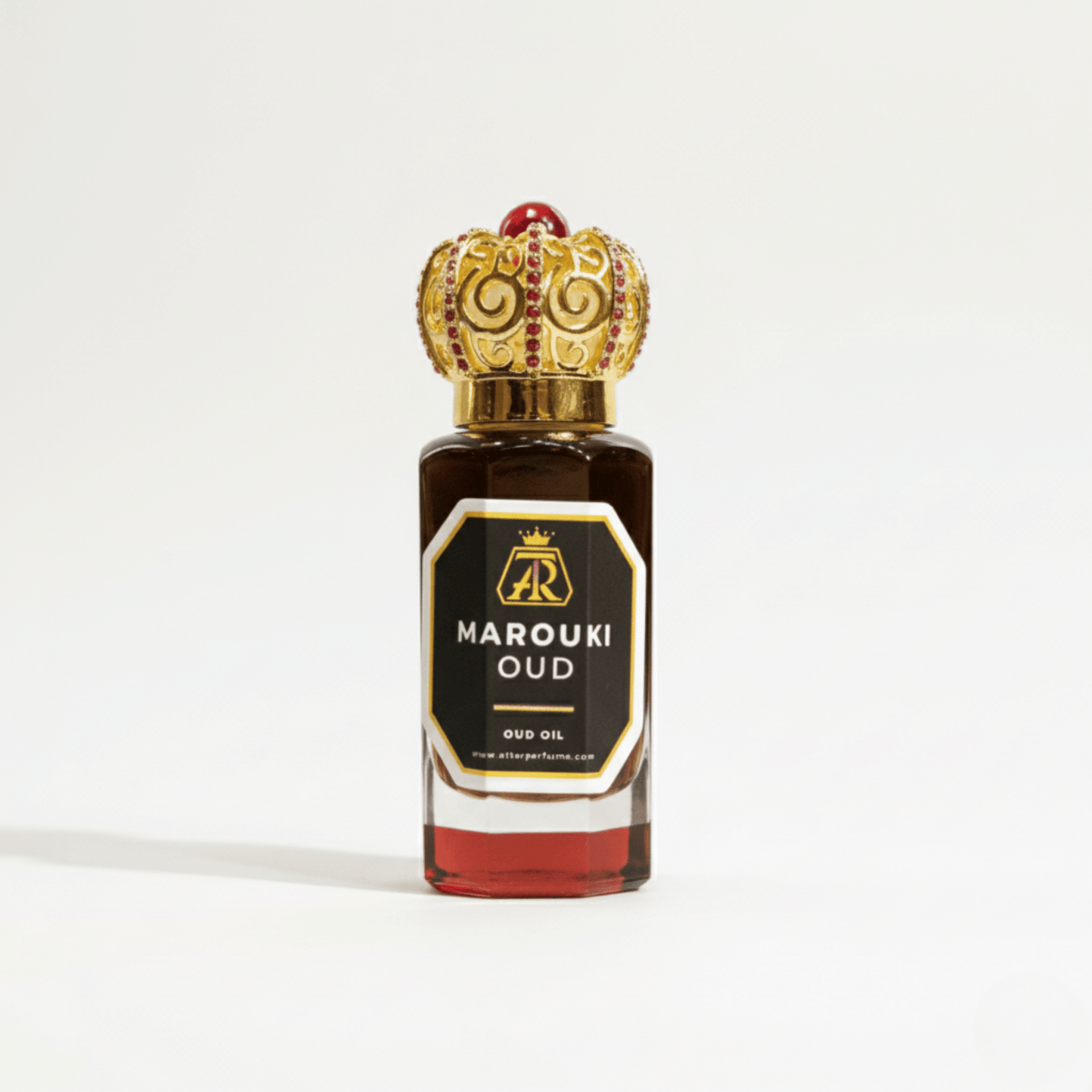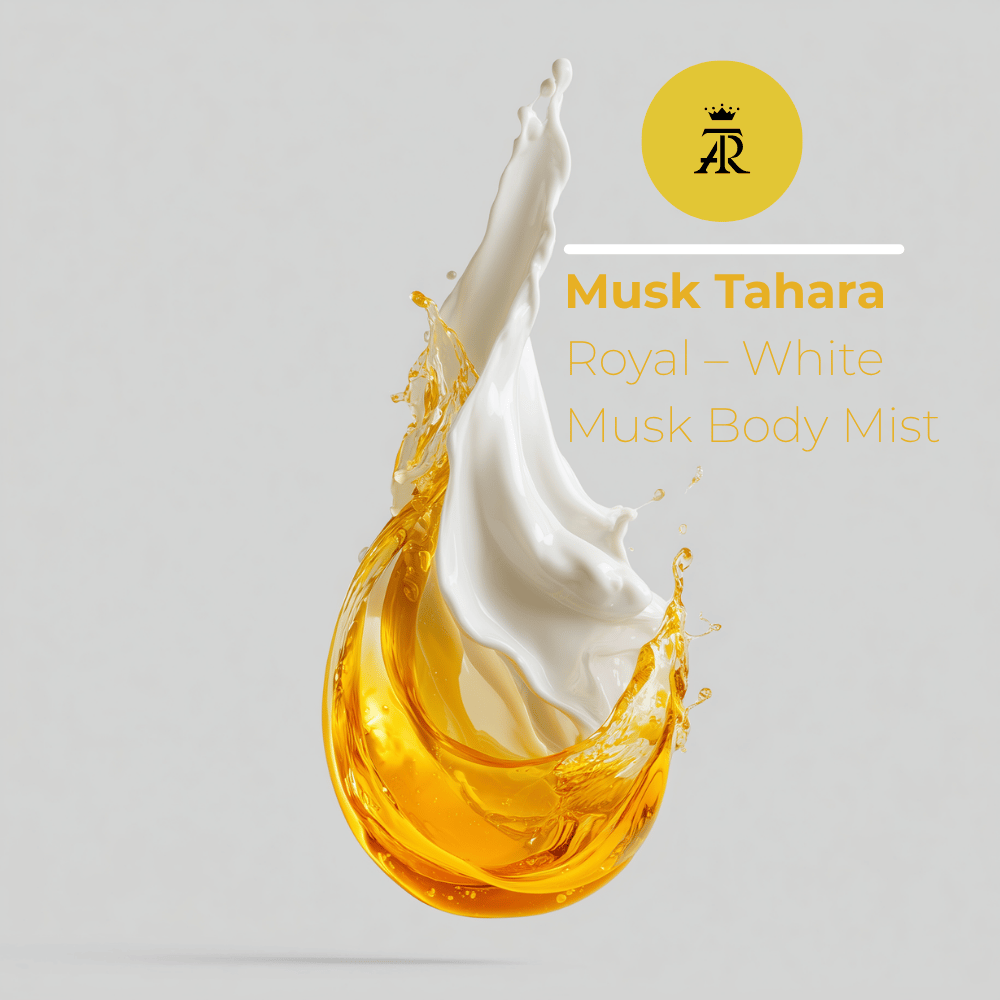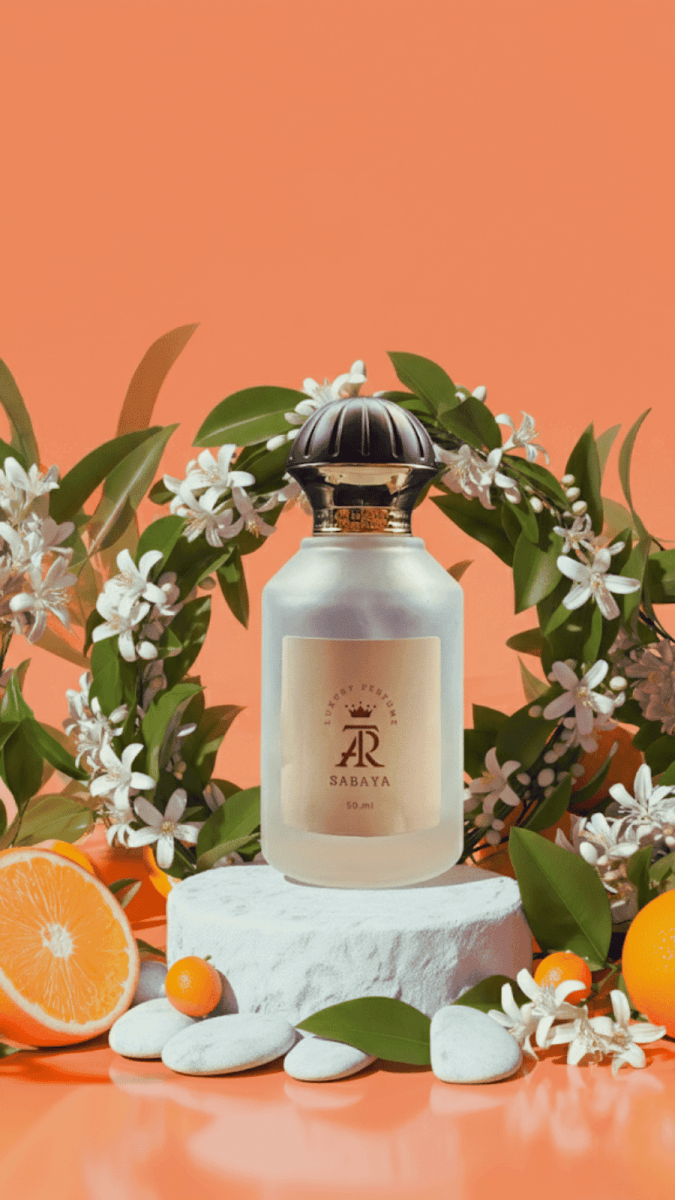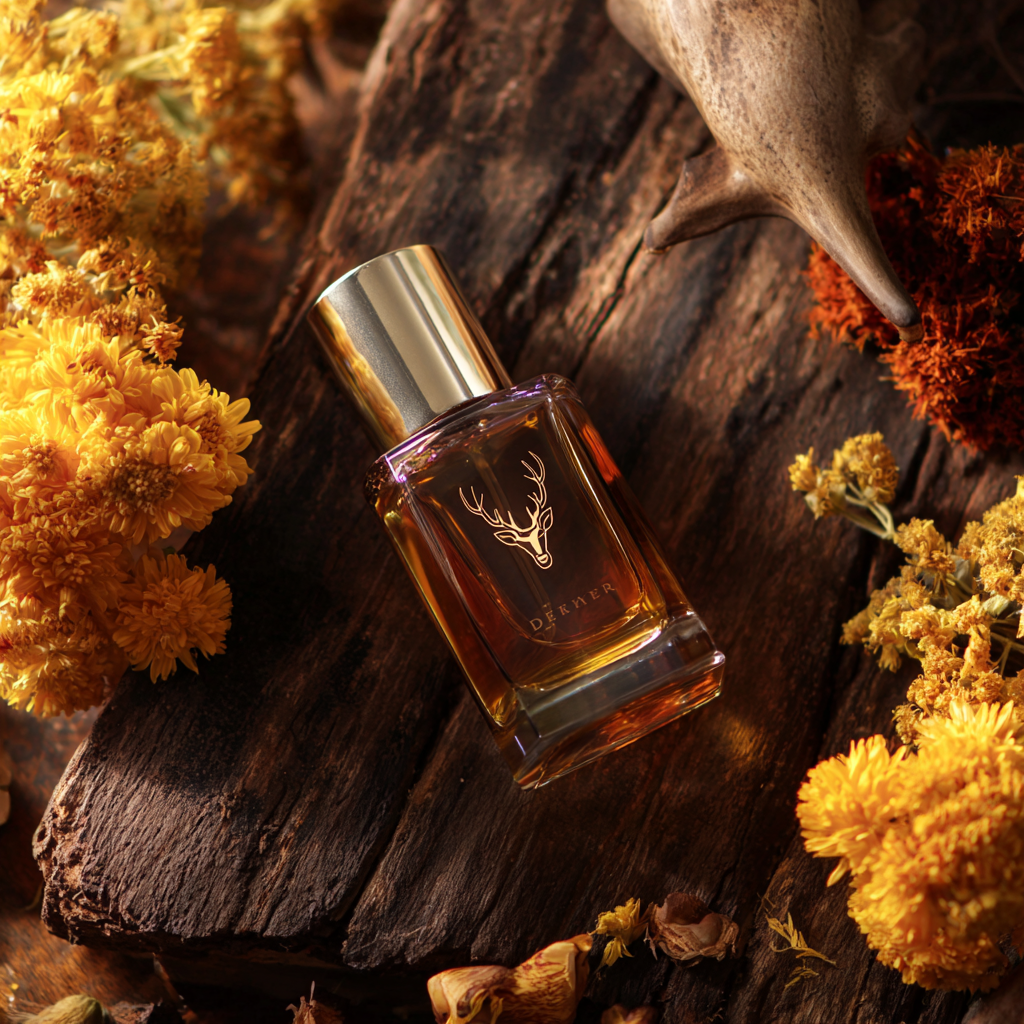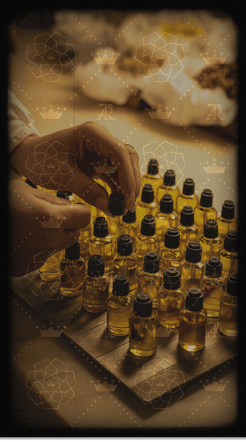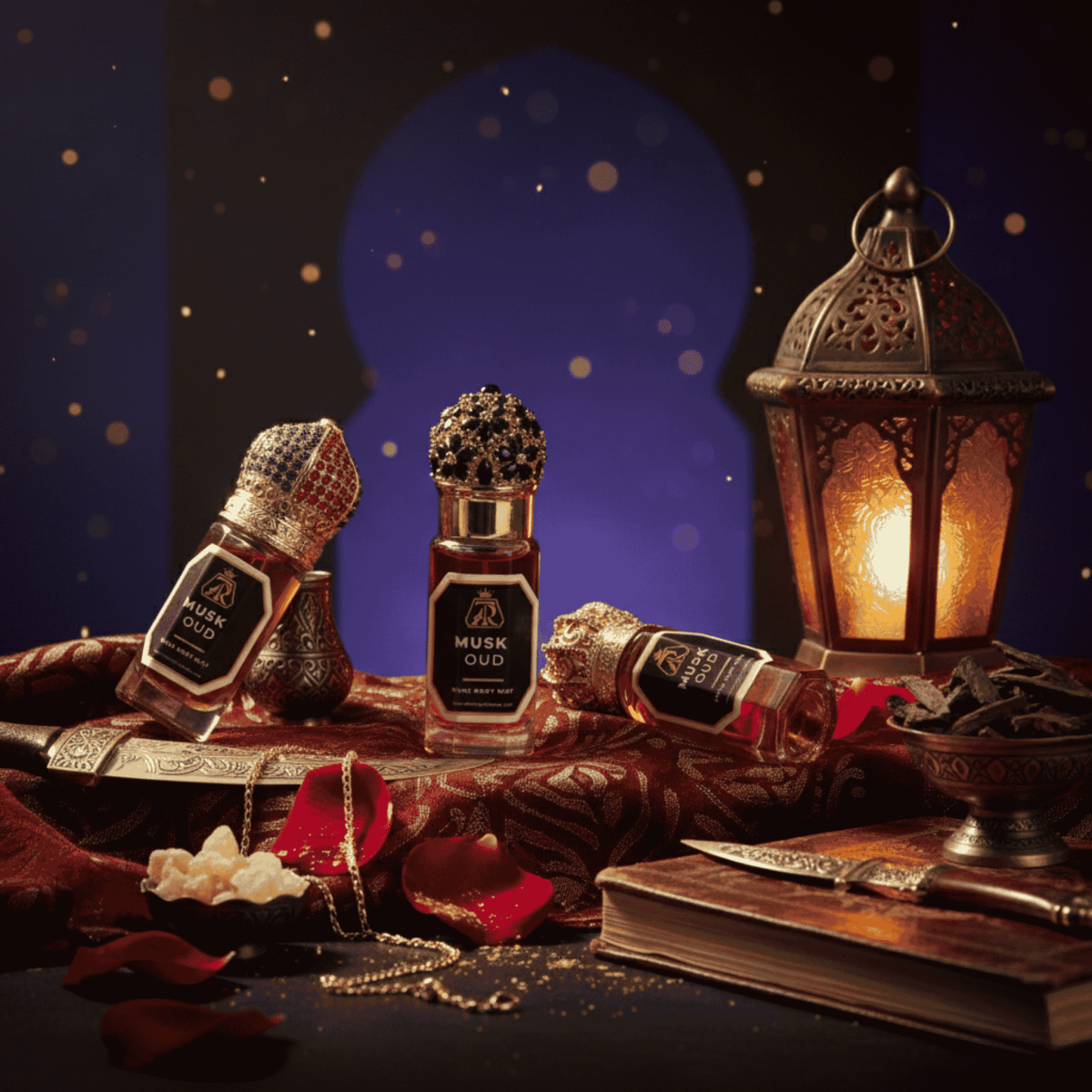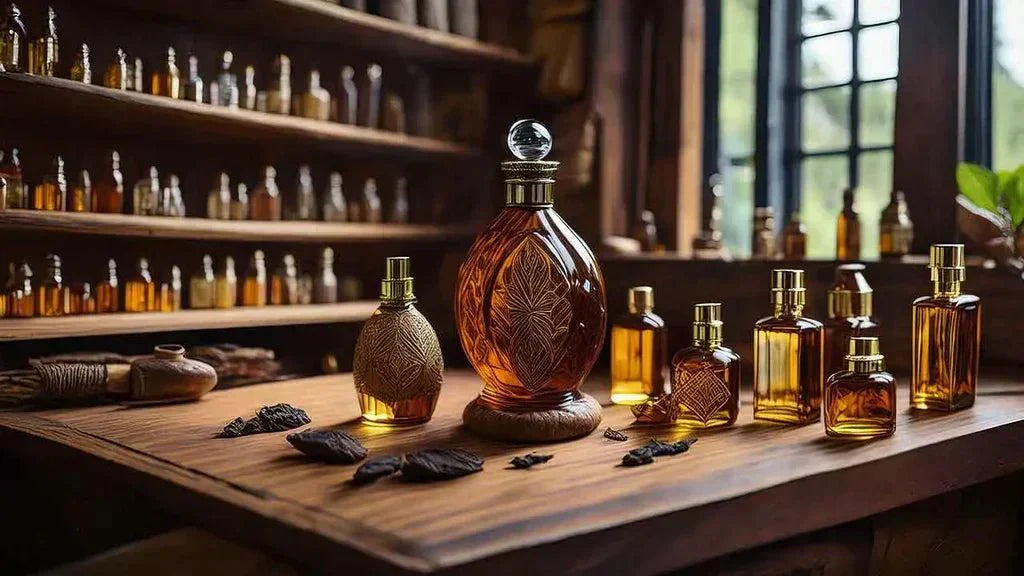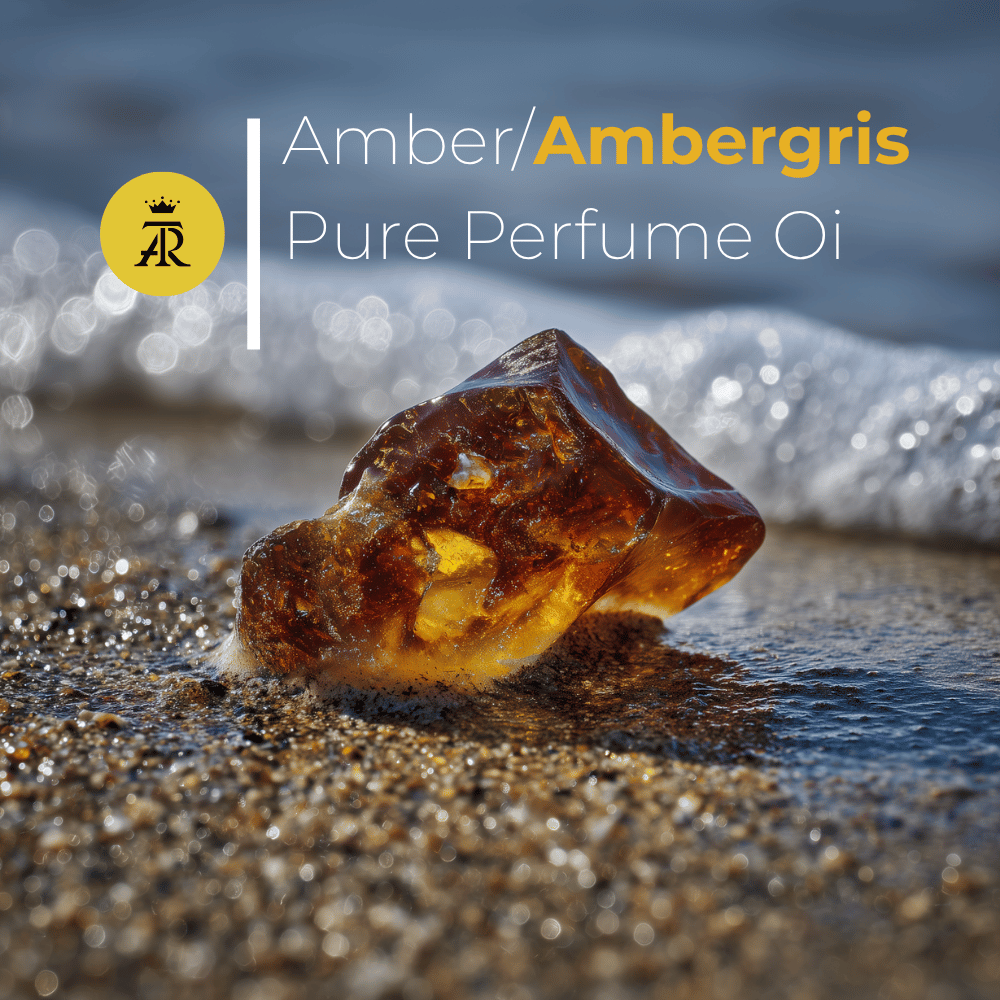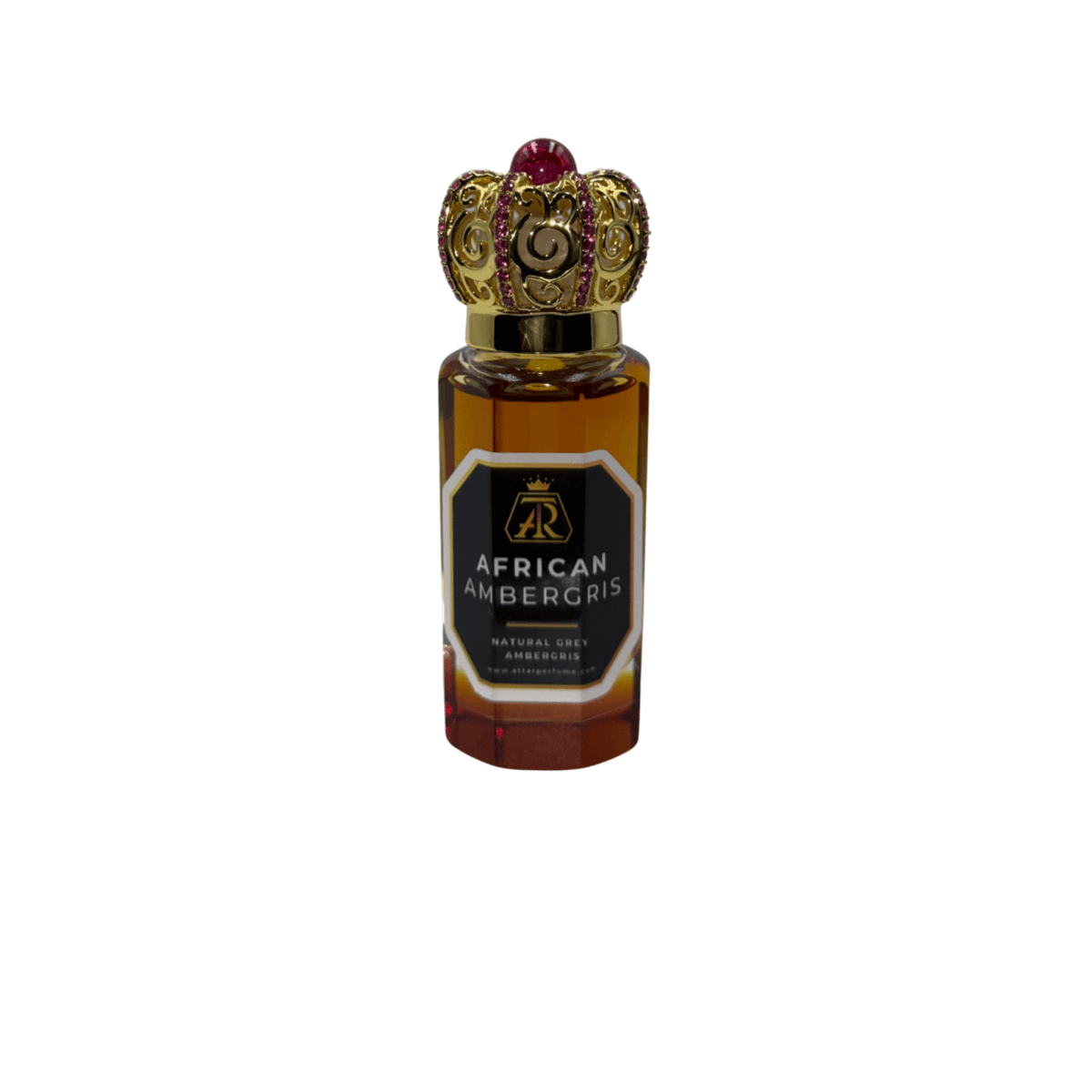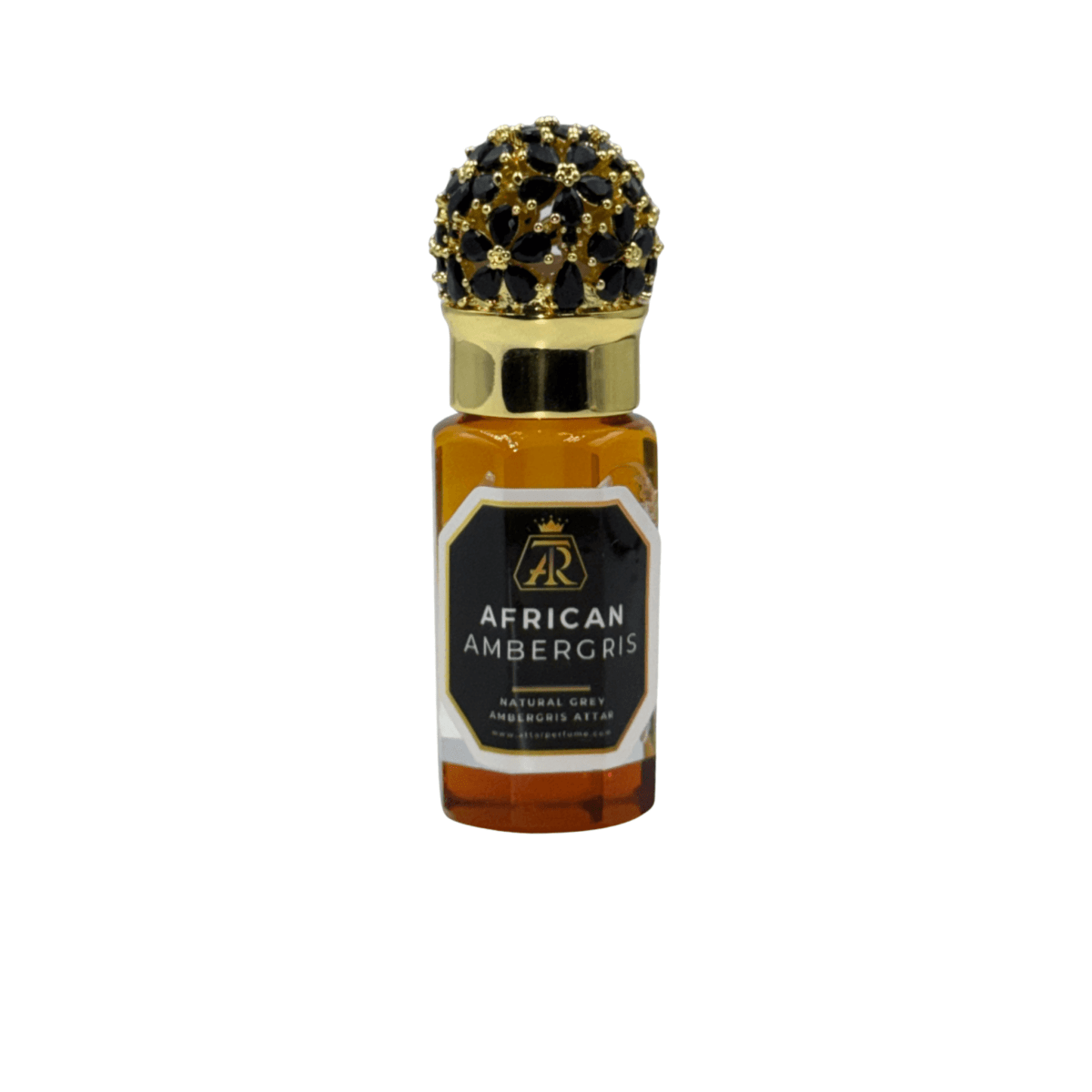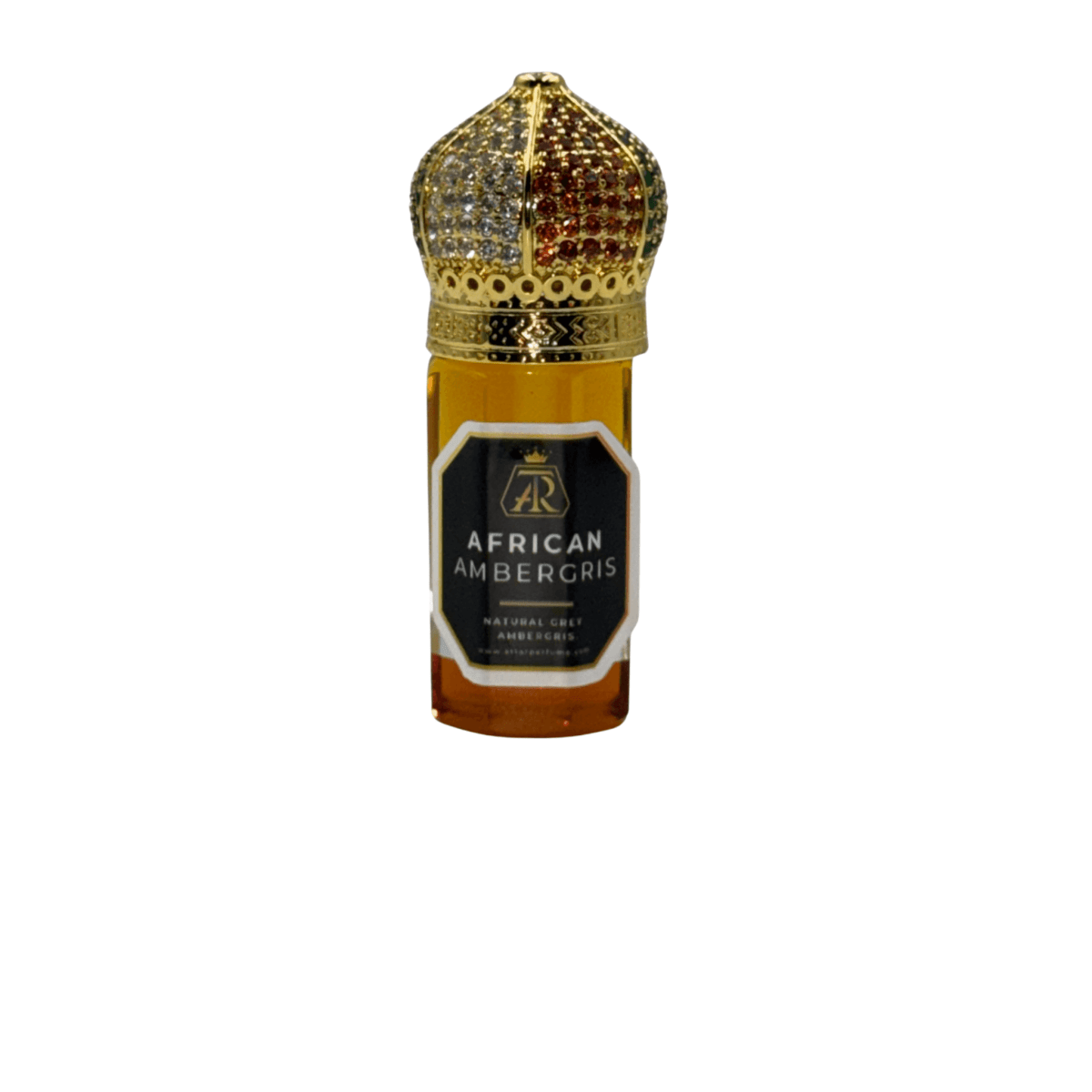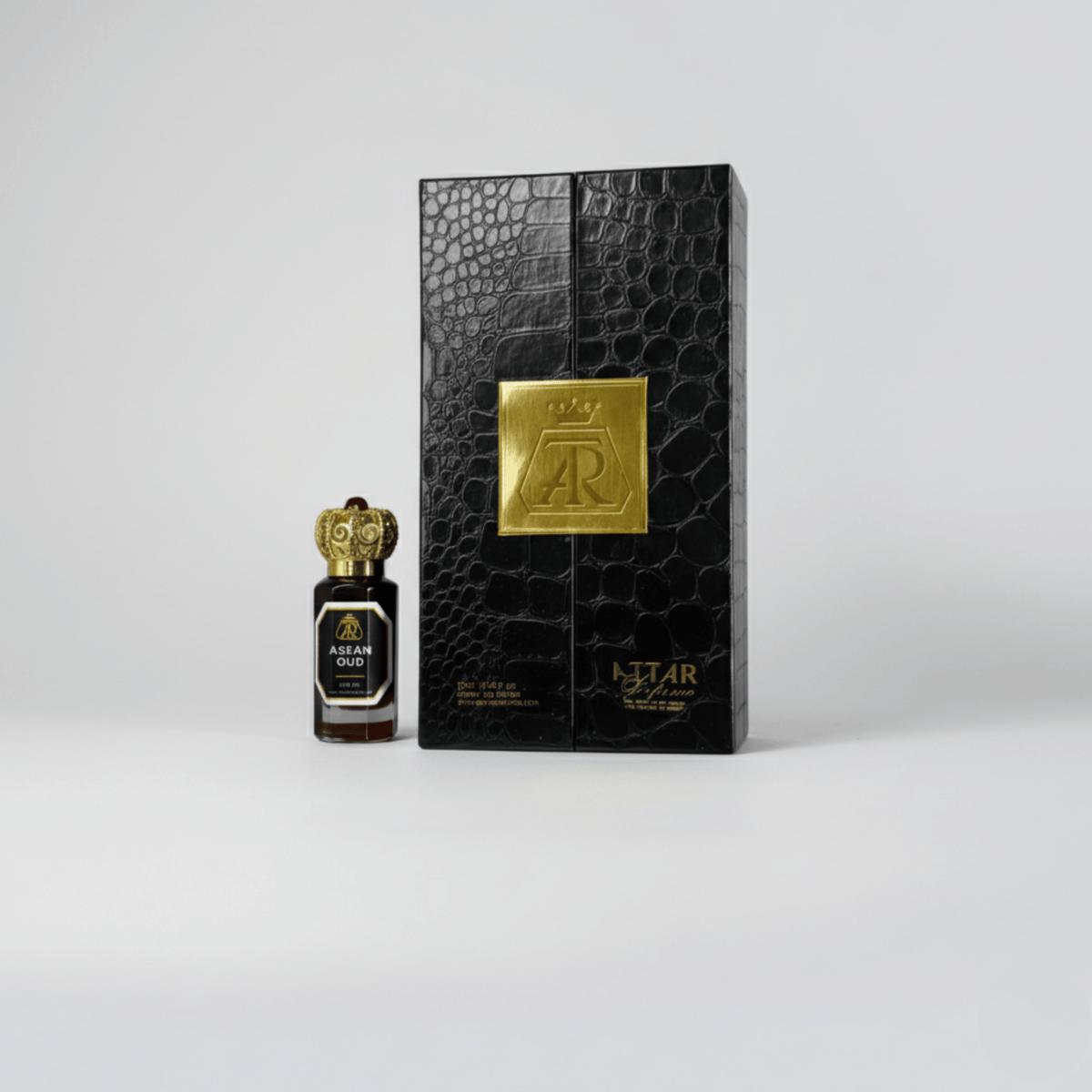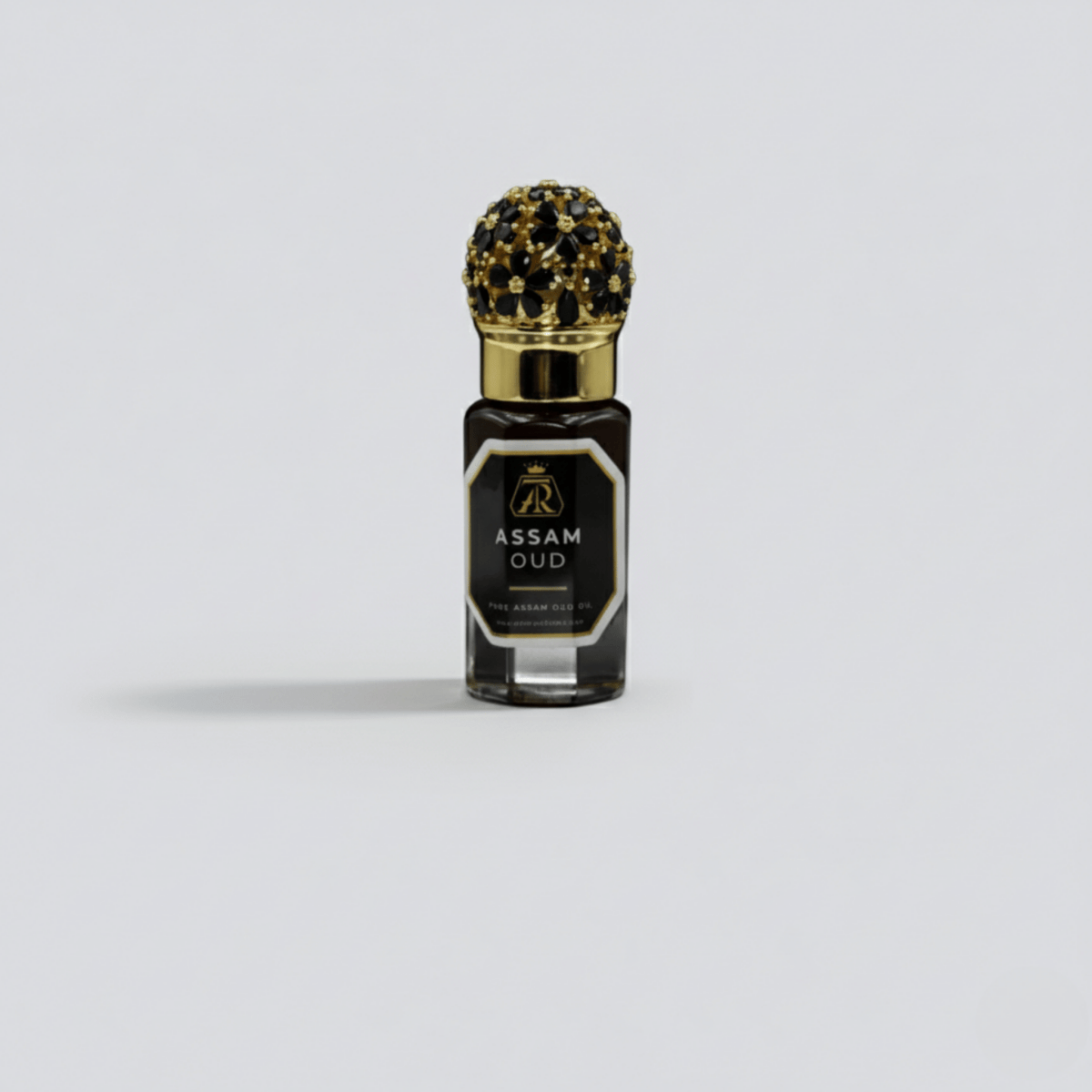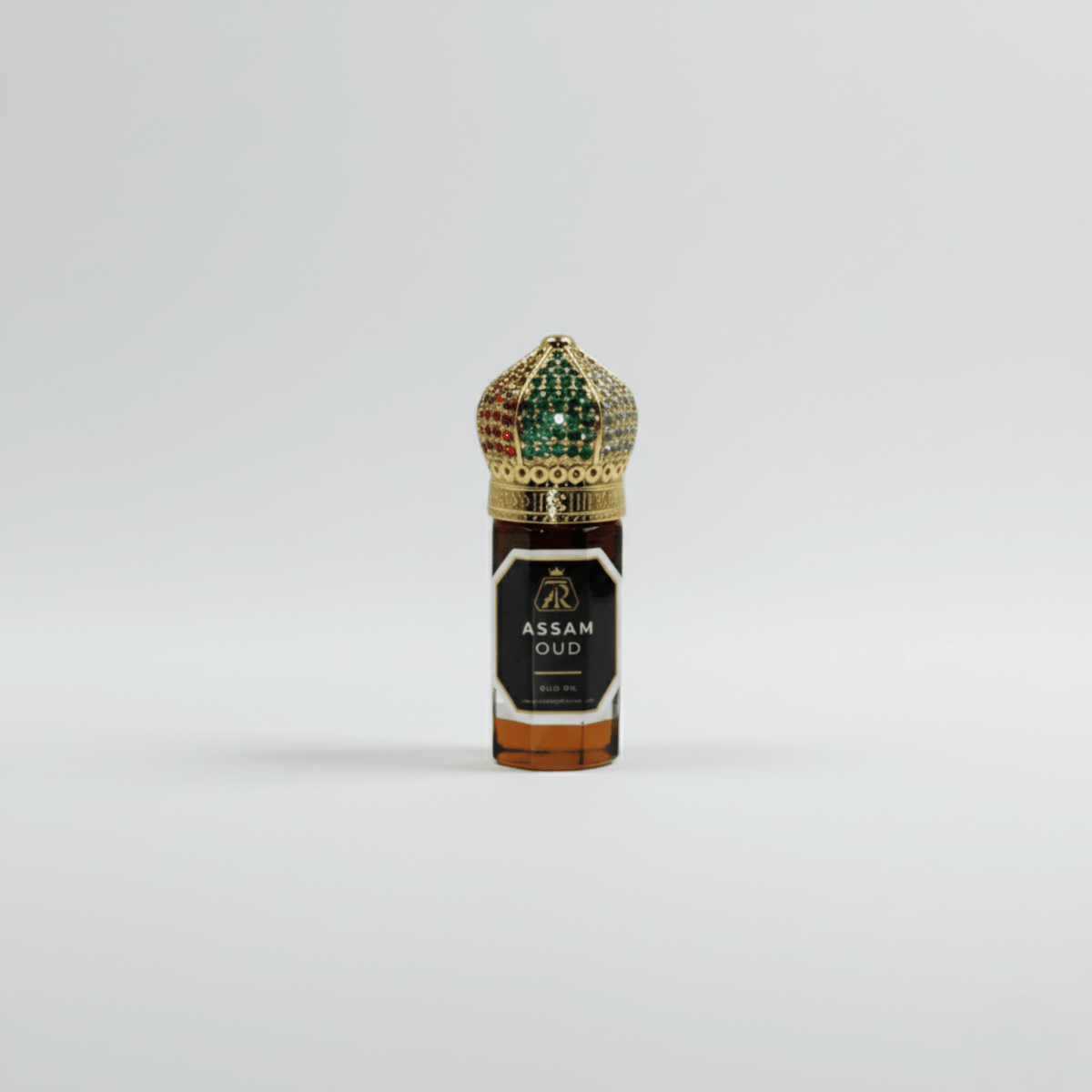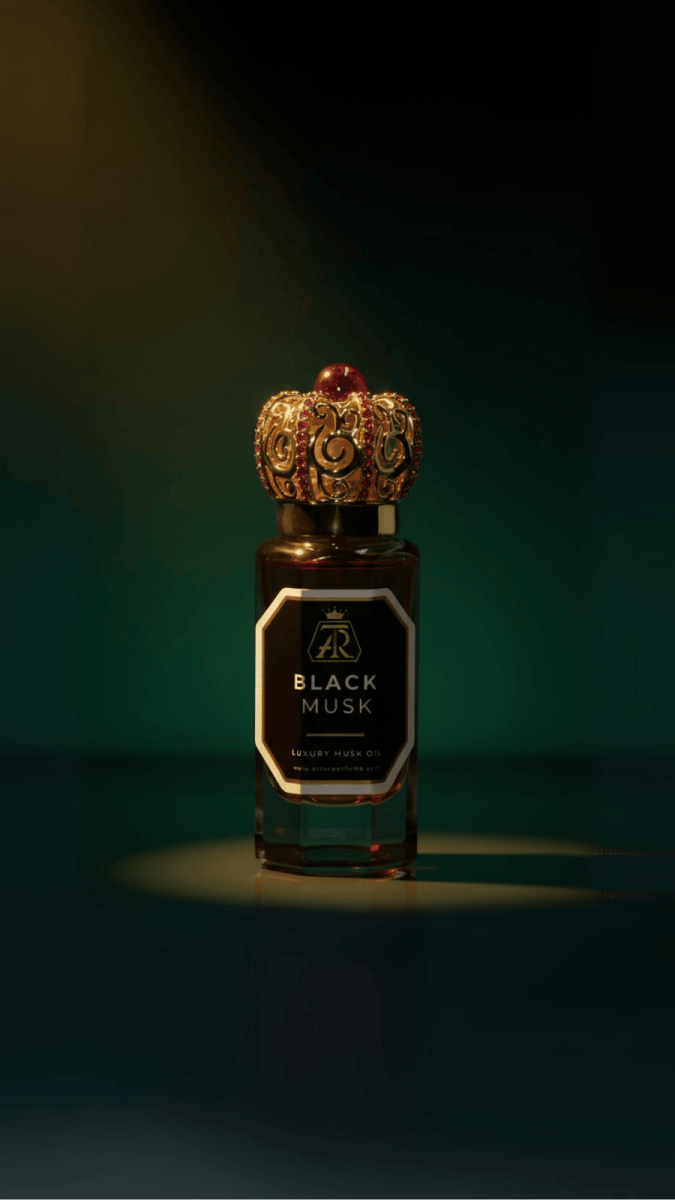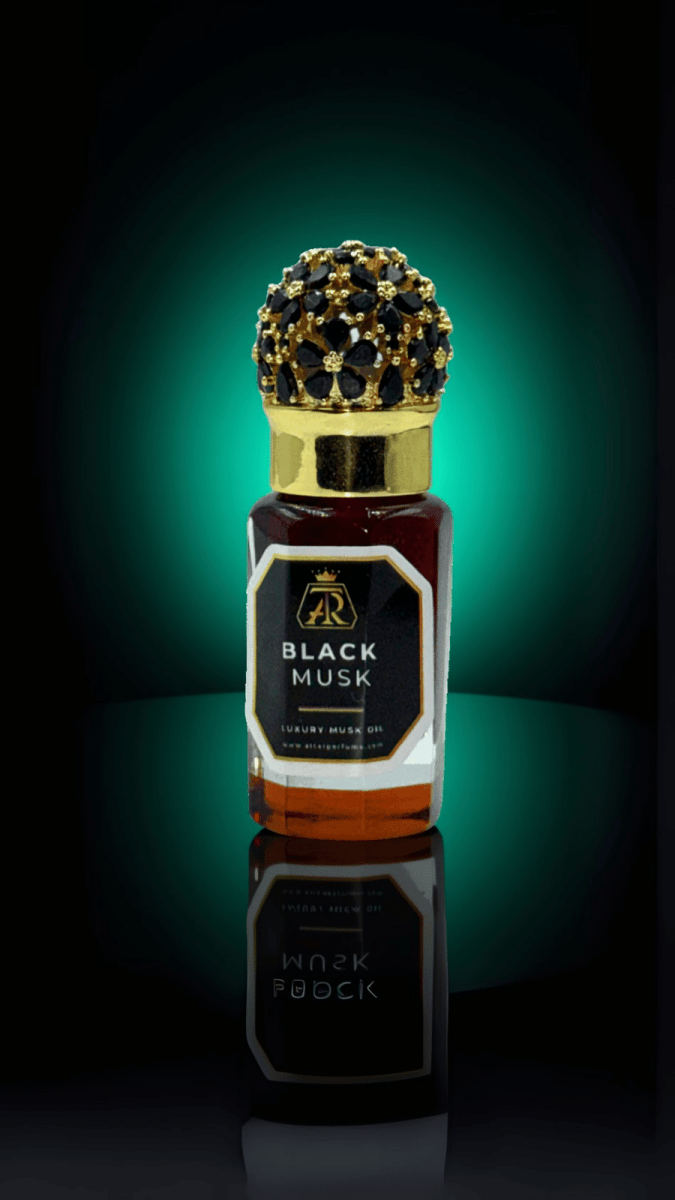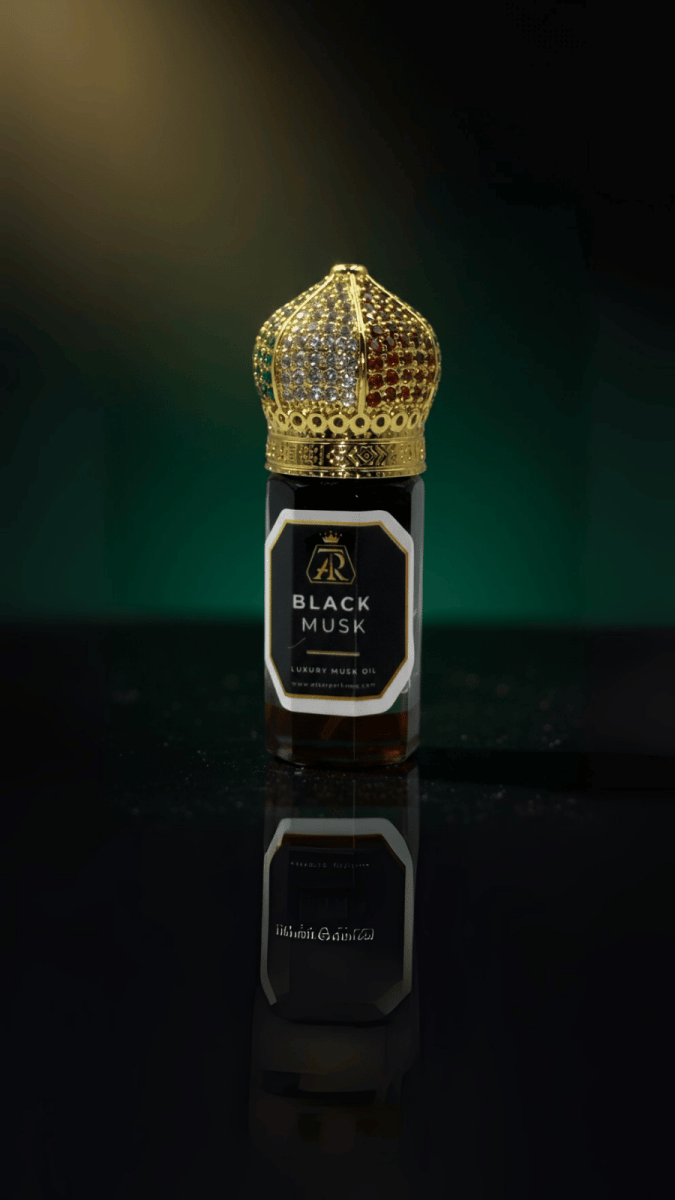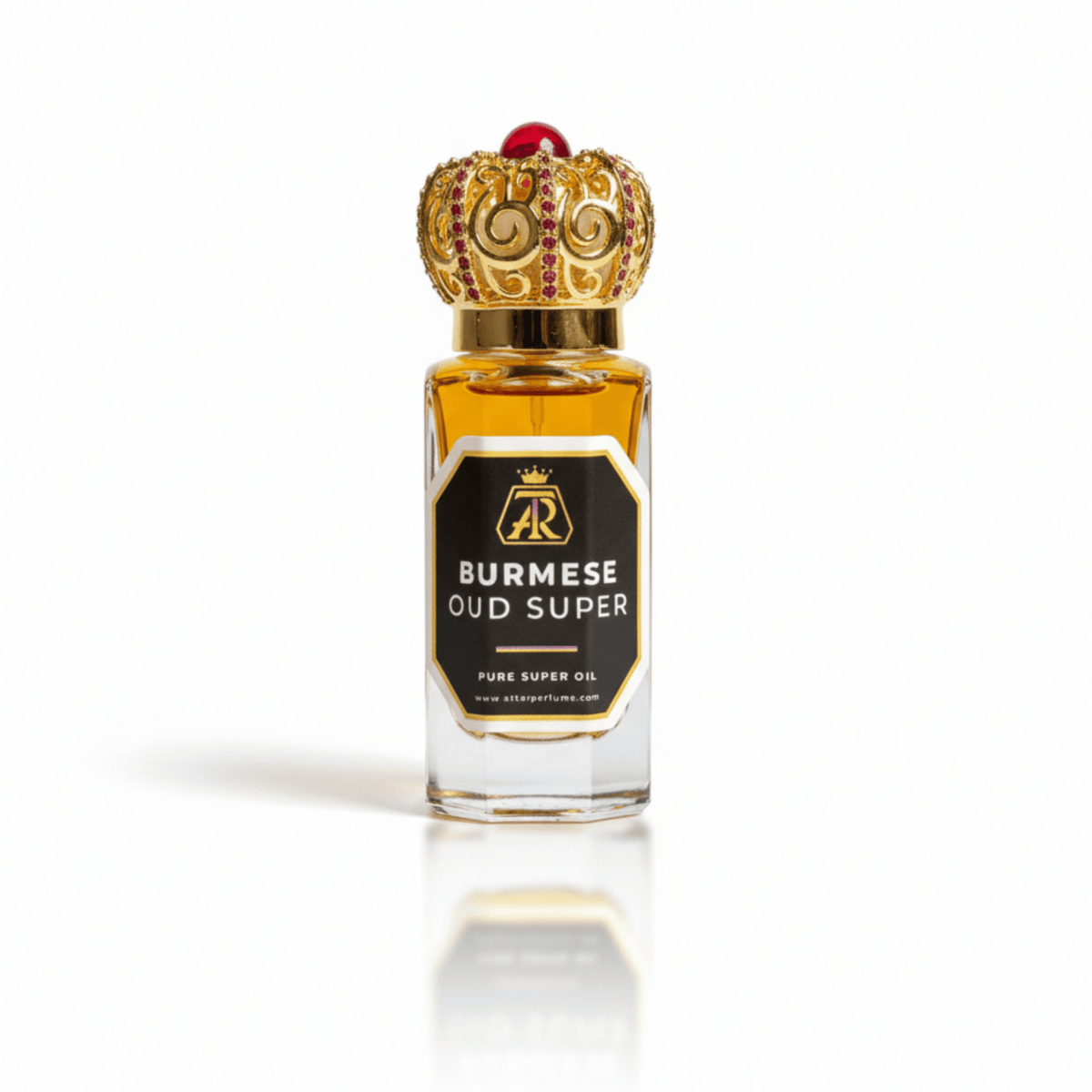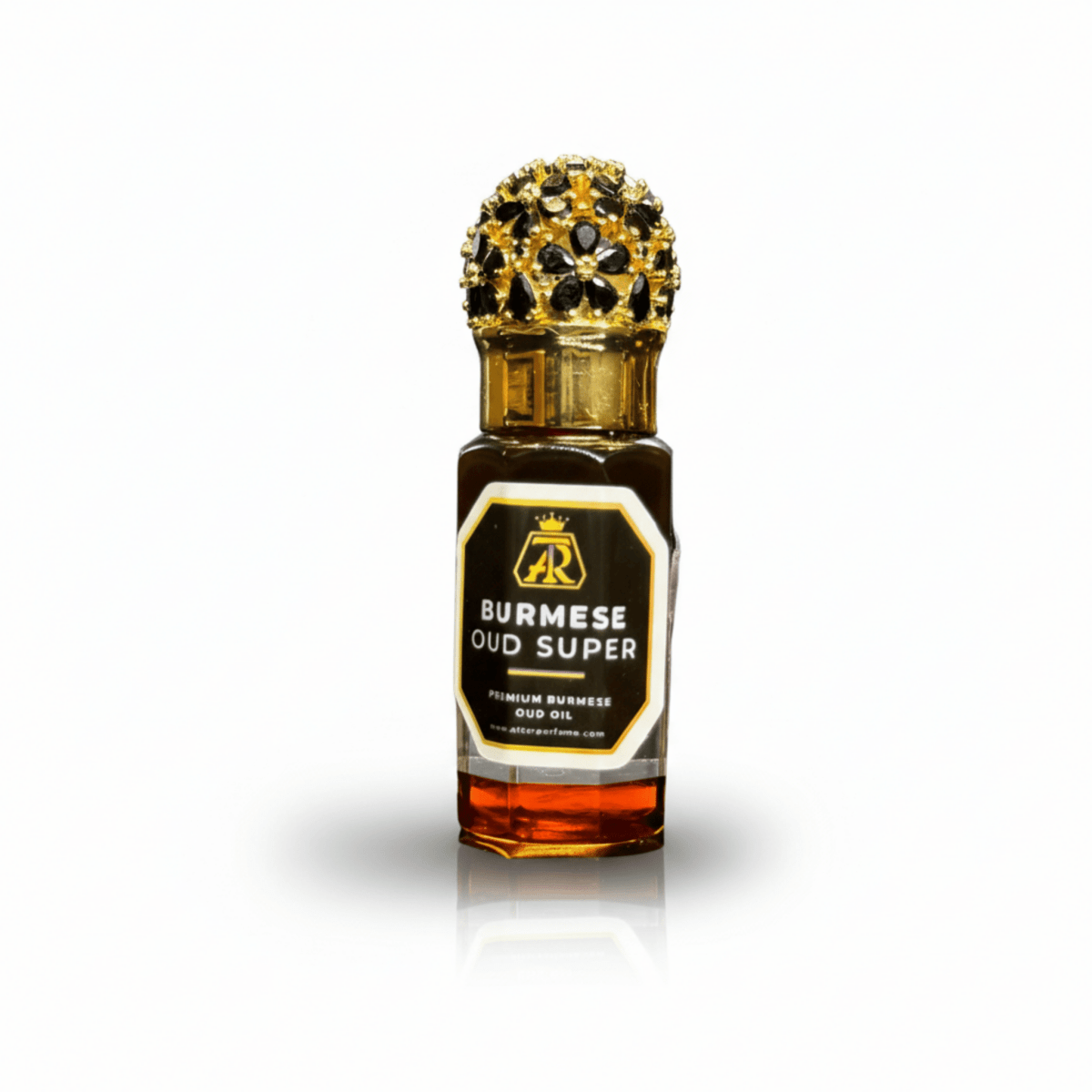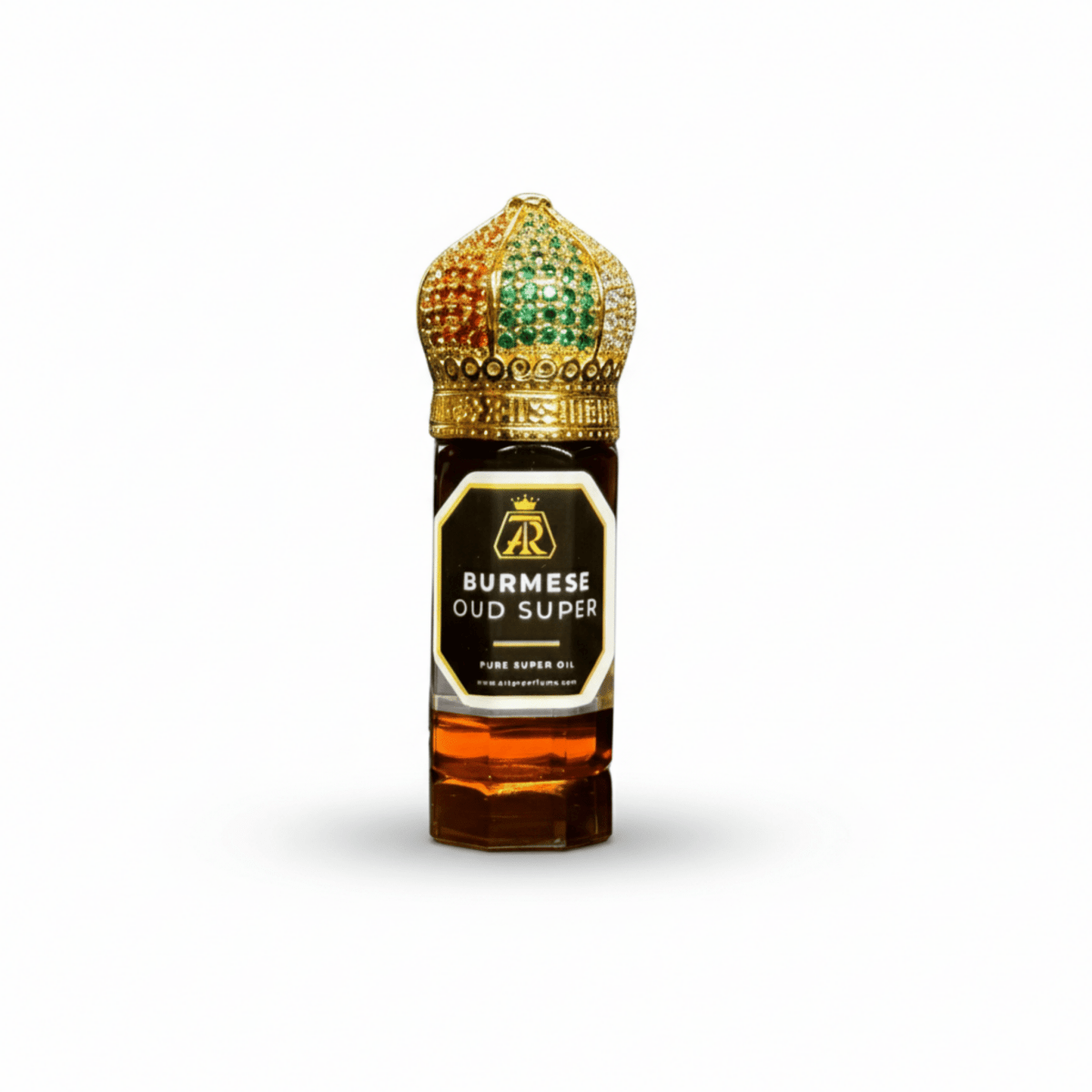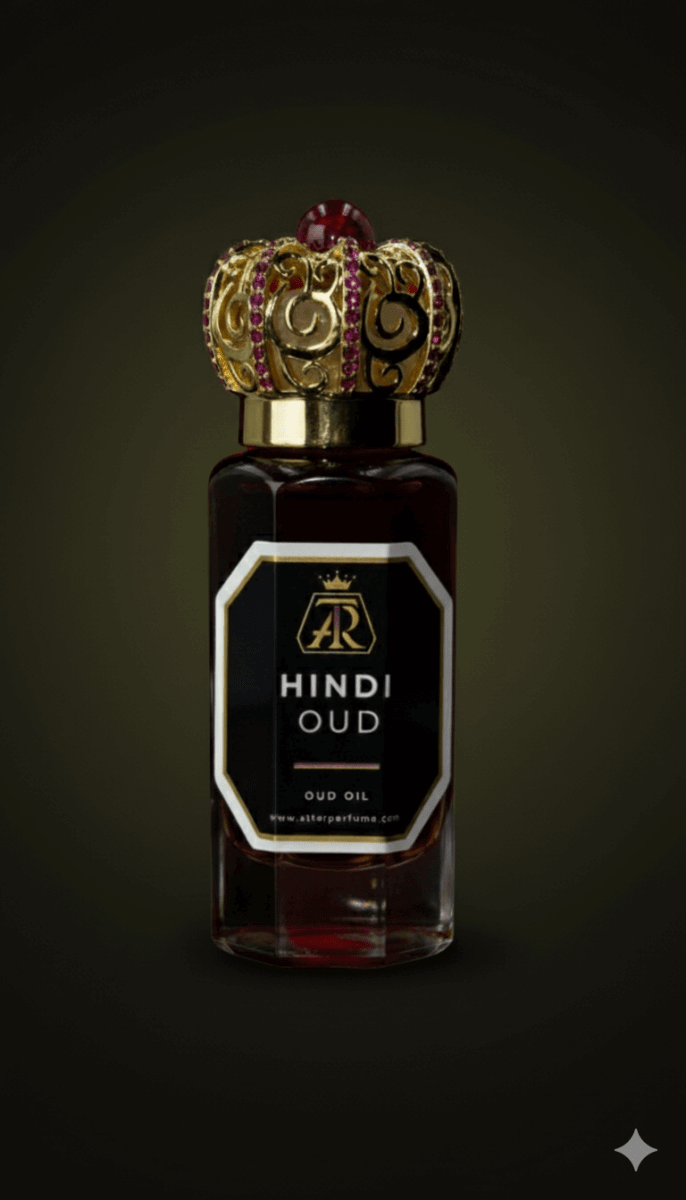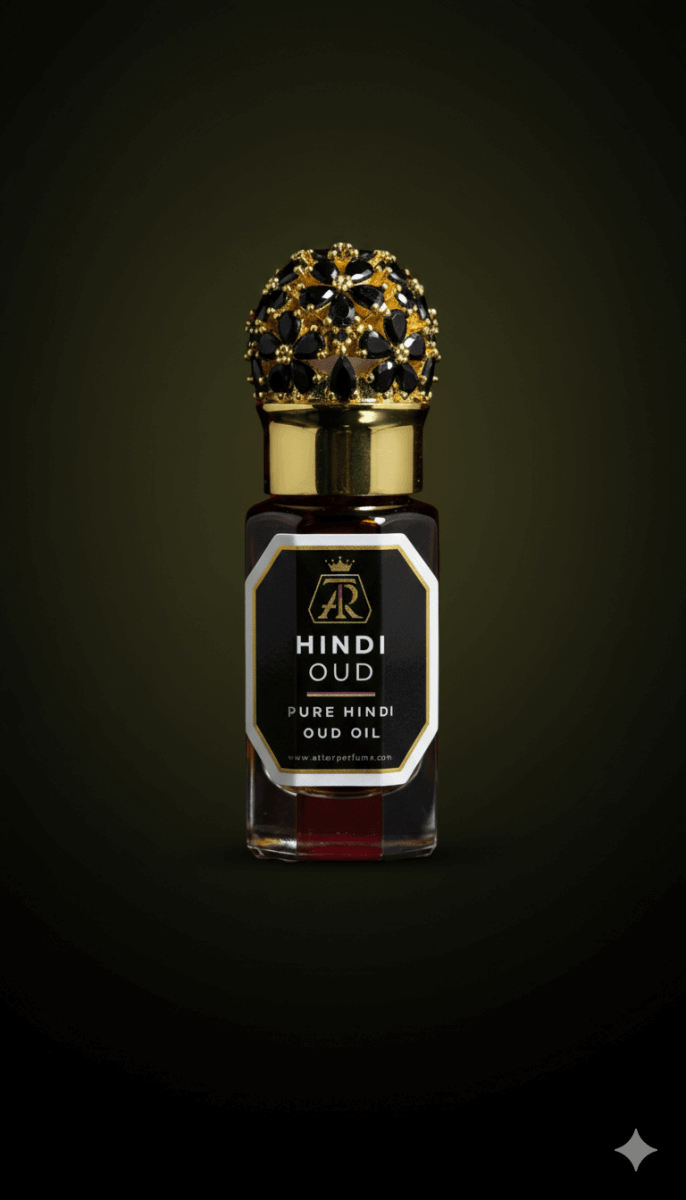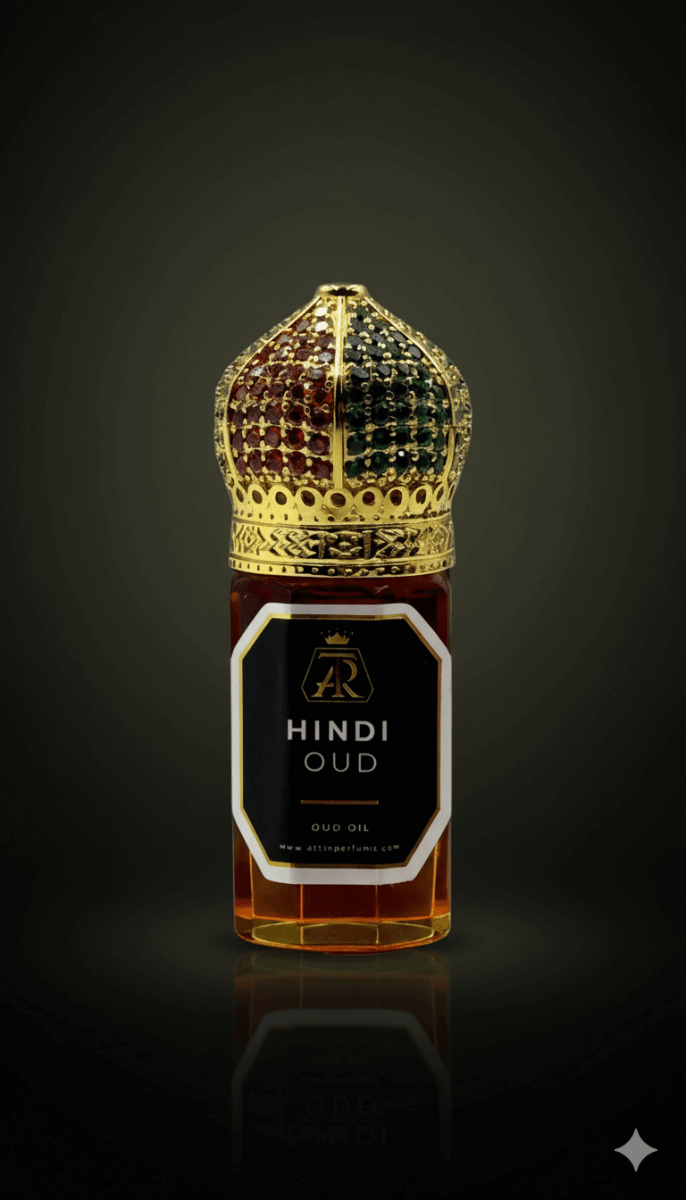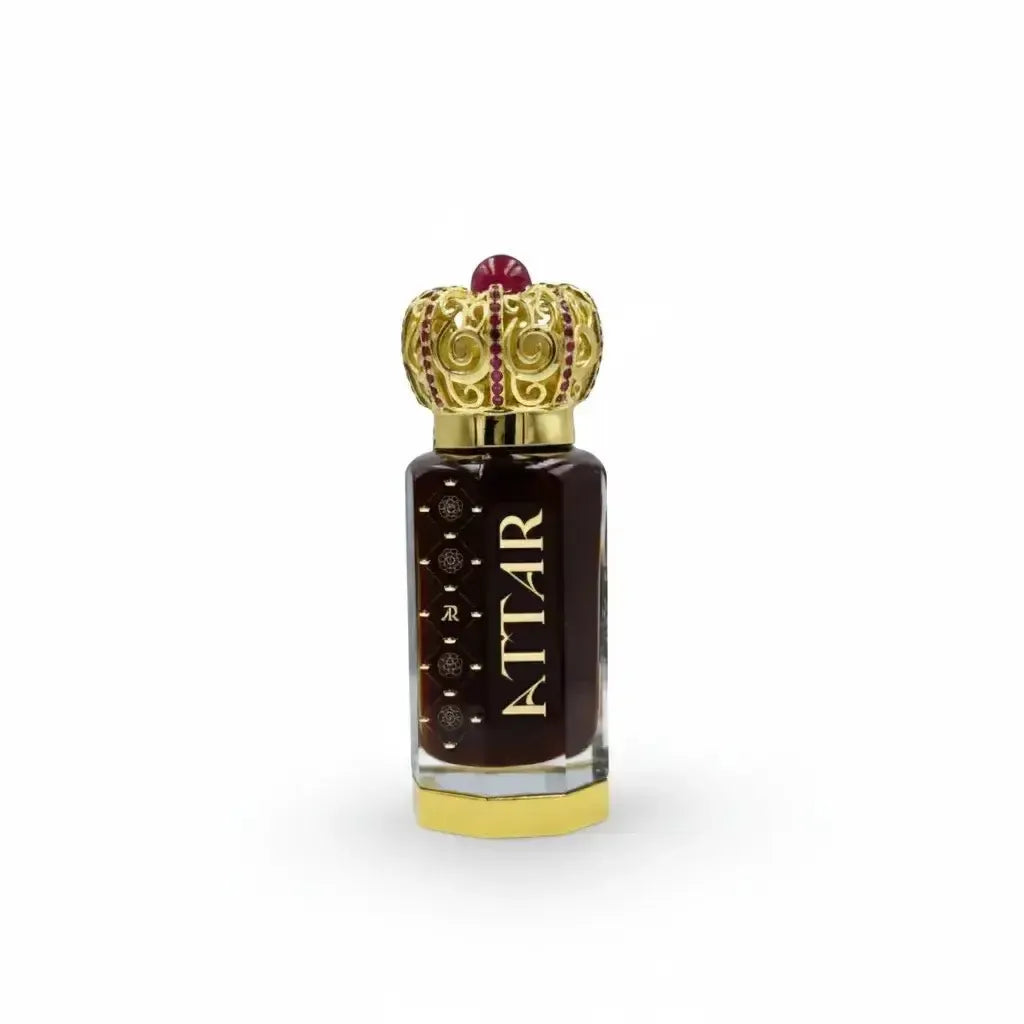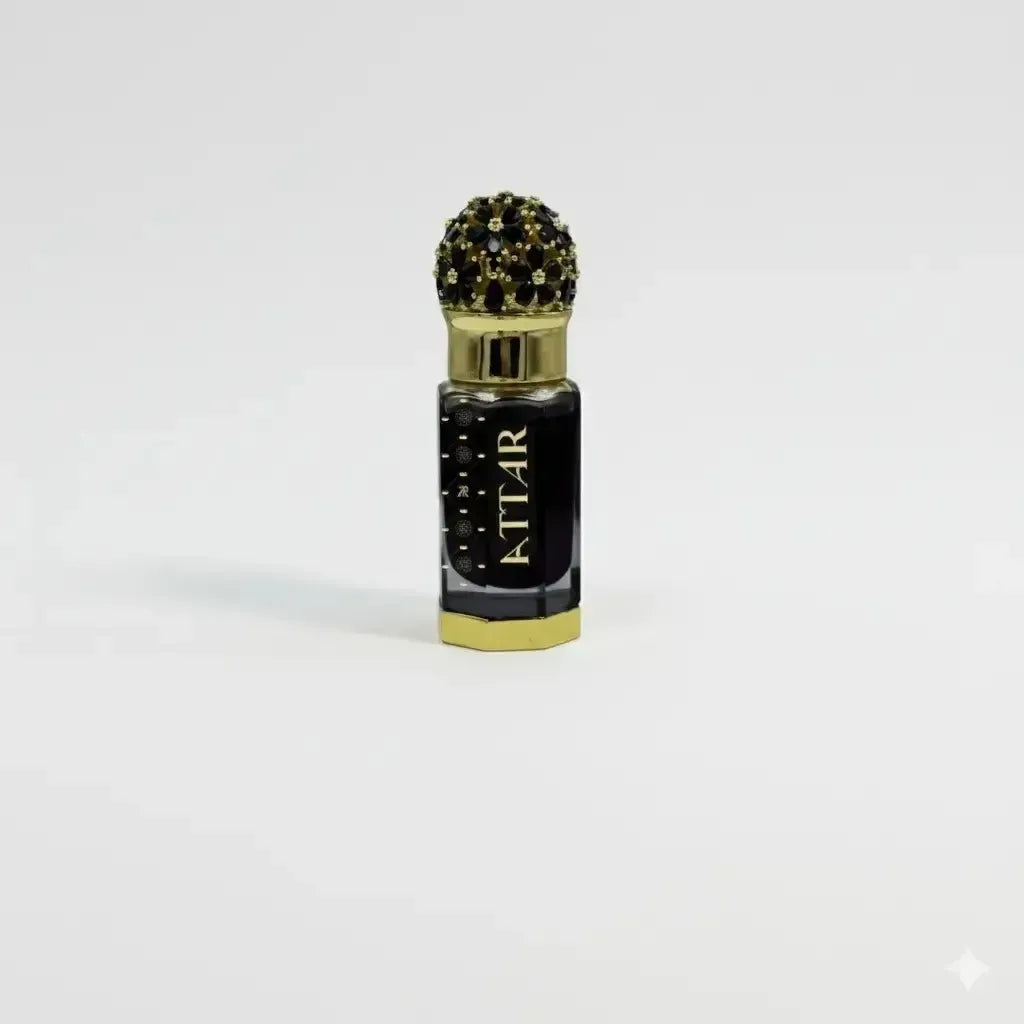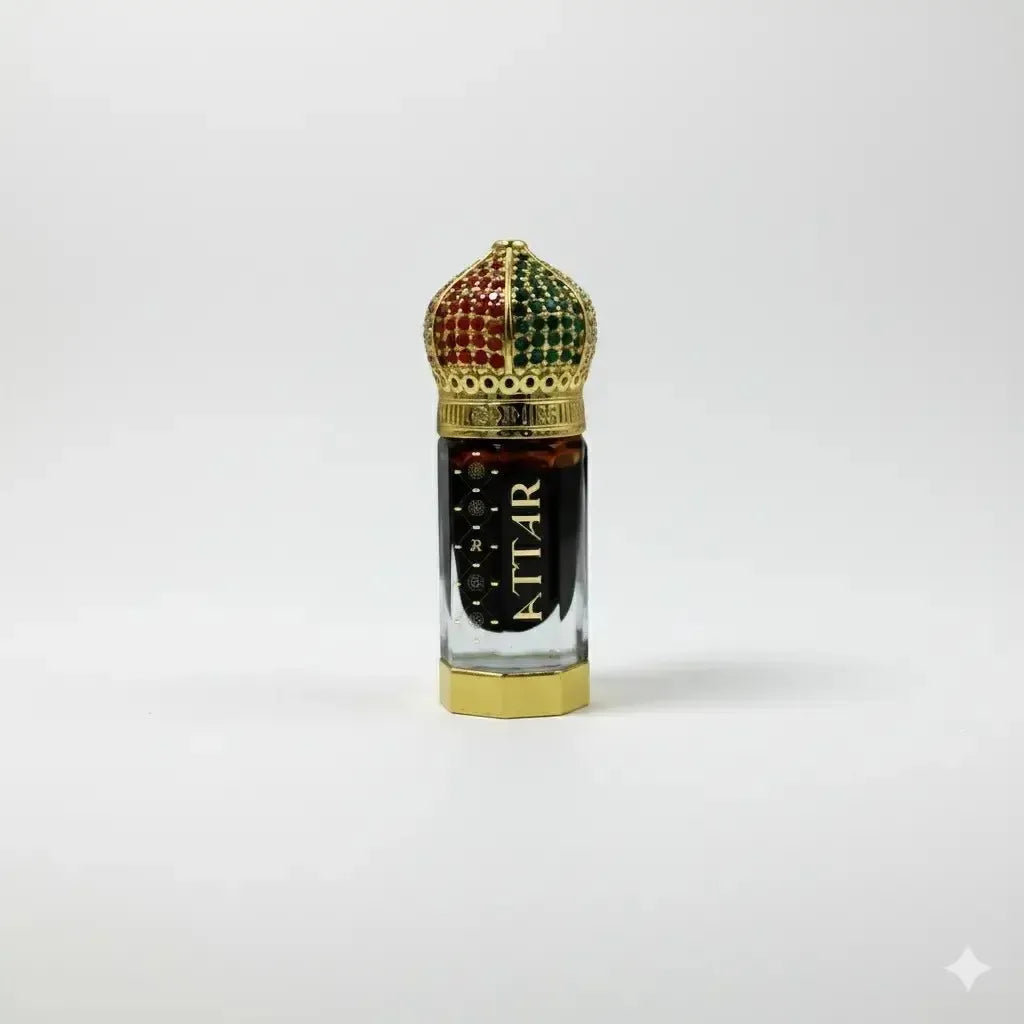🌿 The Vanishing Scent
My Quest for the Soul of Oud
From the moment I could walk, oud was in the air—woven into the rhythm of daily life in Qatar. Its rich, smoky aroma filled our home, drifted through the mosque after prayer, and welcomed neighbors with warmth and pride. For us, oud wasn't just a fragrance; it was heritage, hospitality, and memory in smoke.
Memories in Smoke

Yet behind the veil of nostalgia lies a darker truth—one of rarity, greed, and uncertain survival. As I grew older, I began to wonder: Where does oud come from? Why is it so expensive? And what future awaits this ancient treasure?
🔍 What I Discovered
Oud (agarwood) comes from infected Aquilaria trees—only 1 in 10 trees produce the precious resin
Wild oud is critically endangered due to overharvesting across Southeast Asia
Premium Indian oud chips now cost up to $18,000 per kilogram in Doha's markets
The fragrance industry's appetite threatens the very existence of this ancient treasure
Smoke of Gold: Oud's Allure and Mystery
In the Gulf, oud is king. Known globally as agarwood or gaharu, it is more than luxury—it is the soul of gatherings and celebrations.
Fruity, strong, vibrant—a scent that recalls childhood adventures and brings an immediate sense of joy and energy to any space.
Earthy, smoky, and profoundly deep—reminds me of my father's rituals and carries centuries of tradition in every wisp of smoke.
But times are changing. In Doha's old souqs, the price of oud has soared—up to $18,000 per kilo for premium Indian chips. Traders whisper of a disturbing shift: where locals once bought by aroma, appreciating the nuanced layers of scent, foreign investors, especially from China, now buy by weight, treating oud like gold bullion.

— A Doha oud trader
Into the Wild: Chasing Oud's Origin
To uncover oud's secret, I traveled far from Qatar. In London, I met experts like Kim Radcliff, who explained the tree's mysterious gift. Only when an Aquilaria tree is wounded—by insects, storms, or human hands—does it produce the dark, resin-rich heartwood we call agarwood.

The process is heartbreakingly unpredictable. Perhaps one in ten trees will yield oud, and it can take decades for resin to form. This isn't agriculture—it's alchemy, a transformation that occurs only under specific conditions of stress and time.
🌲 The Biology of Oud
The Wound: Aquilaria trees must be infected by specific fungi or physically wounded
The Defense: The tree produces dark, aromatic resin to protect itself from infection
The Patience: Resin accumulation takes 20-50 years to reach premium quality
The Rarity: Most trees never produce commercial-grade agarwood in their lifetime
Driven by insatiable demand, wild trees across Southeast Asia are vanishing at an alarming rate. Communities face impossible choices: harvest now to survive economically, or protect the trees for a tomorrow that may never come for their families.
The Hidden World: Markets, Middlemen, and Mystique
The trail of oud led me through noisy, vibrant markets—Doha, Jakarta, New Delhi—where traders deal in scent and secrecy. Business is conducted with ritual precision: chips are burned over charcoal, water glasses used to test density, and fortunes change hands with nothing more than a knowing nod.
Traditional souqs where Gulf families have bought oud for generations. Here, aroma matters more than certificates.
Wholesale markets connected to source forests. Traders sort thousands of chips daily, separating treasure from timber.
Historic hub for Indian oud—the most prized variety. Here, generational knowledge determines value.
The most prized oud chips sink in water—definitive proof of their resin content and quality. A shopkeeper demonstrated this ancient test for me, grinning with pride as the dark wood vanished beneath the surface, confirming its authenticity.

But with high demand comes inevitable deception. Synthetic oud and chemically treated chips flood the stalls, preying on tourists and inexperienced buyers. For the untrained nose, it is remarkably easy to be fooled by convincing imitations.
Yet true oud reveals itself to those who know: its fragrance is never flat or one-dimensional, but a journey of layers—smoky opening notes, sweet heart, earthy base, sometimes even unexpected floral touches that emerge hours later.
🎭 Spotting Fake Oud
Synthetic oud: Smells sharp and chemical, fades quickly, remains unchanged over time
Real oud: Complex and evolving, deepens over hours, each chip has unique character
The float test: Genuine high-resin oud sinks; light wood floats
The burn test: Real oud's smoke is thick, white, and fragrant; fake smells acrid
The Fragile Future of Oud

The paradox is heartbreakingly clear: oud is loved, but endangered. Overharvesting threatens its very survival, while global demand grows stronger by the year. Aquilaria species are now listed under CITES (Convention on International Trade in Endangered Species), yet illegal harvesting continues.
Efforts are underway to create sustainable plantations across Thailand, Malaysia, and India, but balance remains fragile. Cultivated oud takes decades to mature, requires significant investment, and often lacks the complexity of wild specimens. The world's appetite for oud—whether in perfume, incense, or oil—has never been greater, creating unprecedented pressure on remaining wild populations.
